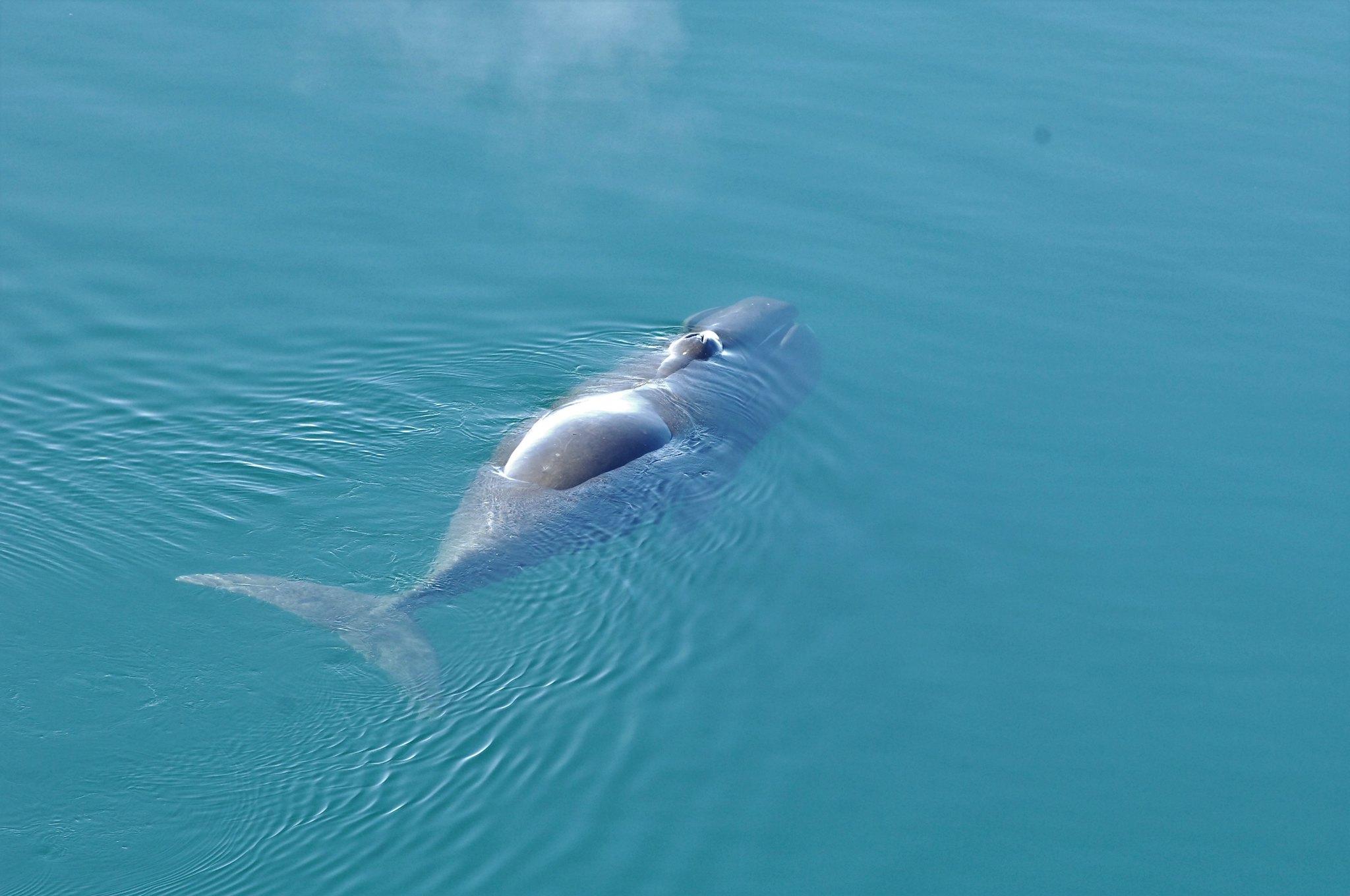Media release
From:
Cell biology: Bowhead whales’ longevity explained
The remarkably long lifespan of bowhead whales could be due to an increased ability to repair DNA mutations, according to research published in Nature. The findings may offer new insights into the mechanisms of ageing and longevity.
The bowhead whale is one of the largest and longest-living known mammals, with a maximum lifespan of over 200 years and frequently weighing over 80,000 kg. The impressive size and longevity would be expected to increase their predisposition to cancer, owing to an increased likelihood of DNA mutations. However, existing data do not support this view, leading scientists to question the mechanism that enables this paradox.
Jan Vijg, Vera Gorbunova, and colleagues investigated the likelihood of bowhead whale cells to mutate into cancerous cells when an oncogenic stimulus is applied (such as UV). The whale cells required fewer mutations to become malignant than did human fibroblasts (cells that make connective tissue). However, bowhead whale cells displayed fewer mutations than did human cells, suggesting that despite being susceptible to DNA damage, the DNA undergoes repair. Analysis of DNA repair processes in bowhead whale cells found an enhanced rate and quality of double-strand break repair. The authors identified a protein associated with DNA repair in the whales and found that overexpression of this protein enhanced DNA repair in human cells and improved lifespan in fruit flies.
The use of human fibroblast cells (rather than epithelial cells, where most cancers begin) may be a key limitation to the study, the authors note. However, these findings support the hypothesis that enhanced DNA repair mechanisms may contribute to the exceptional longevity of the bowhead whale.



 International
International



